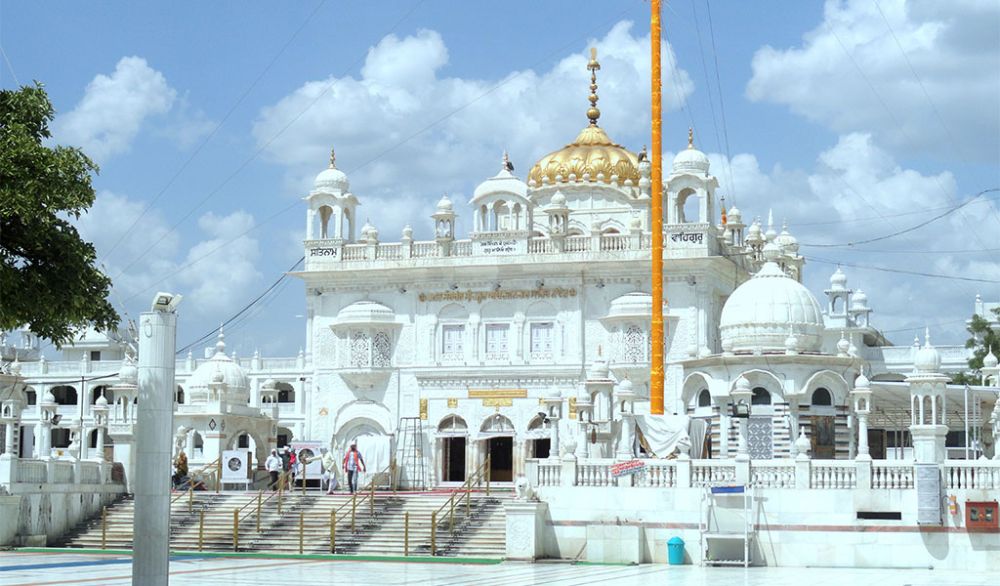

Sachkhand Sri Hazur Abchalnagar Sahib, more commonly known as Hazur Sahib, is not only one of the five takhts, which are the seats of temporal authority in Sikhism, but also serves as the final resting place of the last Sikh Guru, Guru Gobind Singh Ji. This sacred gurdwara is located in Nanded, Maharashtra, on the banks of the river Godavari. The history of Hazur Sahib is closely intertwined with the conclusion of the Guru’s mortal journey in 1708, when he declared the end of the line of human Gurus and passed the Guruship to the Guru Granth Sahib, the holy scripture of the Sikhs.
Although Hazur Sahib has been a pilgrimage site for centuries, it witnessed a significant boost in tourism with the tercentenary celebrations of Guru Gobind Singh's Guruship in 2008. The government and the local authorities have invested in infrastructure and facilities to accommodate the increasing number of pilgrims. In addition, the 'Gurta Gaddi' festival commemorating the installation of Guru Granth Sahib as the spiritual leader of the Sikhs, attracts thousands of devotees annually.
Eco-Friendly Initiatives: Recently, there has been a conscious effort toward making the pilgrimage experience more sustainable. Initiatives include implementing green practices for waste management and reducing the use of plastic.
Technology Integration: The use of technology to enhance the tourism experience has been evident, with the introduction of apps that provide information on the gurdwara, its history, and facilities. Virtual tours have also become popular.
Cultural Exchange: There is a focus on promoting cultural exchange with events and programs that showcase the rich Sikh heritage, thus providing visitors with a more in-depth understanding of the site's historical significance.
Improved Facilities: The local authorities have been working on improving accommodation and transport facilities to ensure a comfortable pilgrimage for visitors from across the world.
For those who wish to visit Hazur Sahib, the best time is during the cooler months from November to March. Upon arrival, visitors are greeted by the majestic architecture and the serene atmosphere of the gurdwara. Pilgrims can participate in the daily prayers, listen to kirtan (devotional songs), and enjoy the communal meals known as langar. The complex also houses other historical gurdwaras associated with important Sikh figures and events, making it a profound journey into the faith and history of Sikhism.